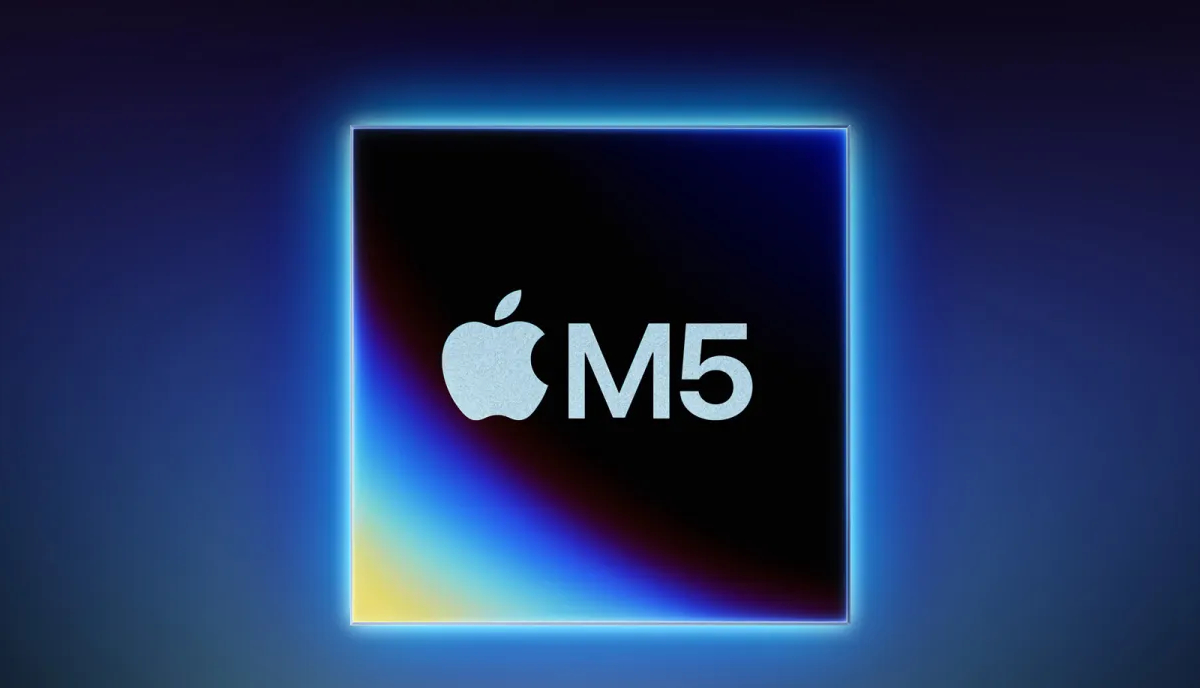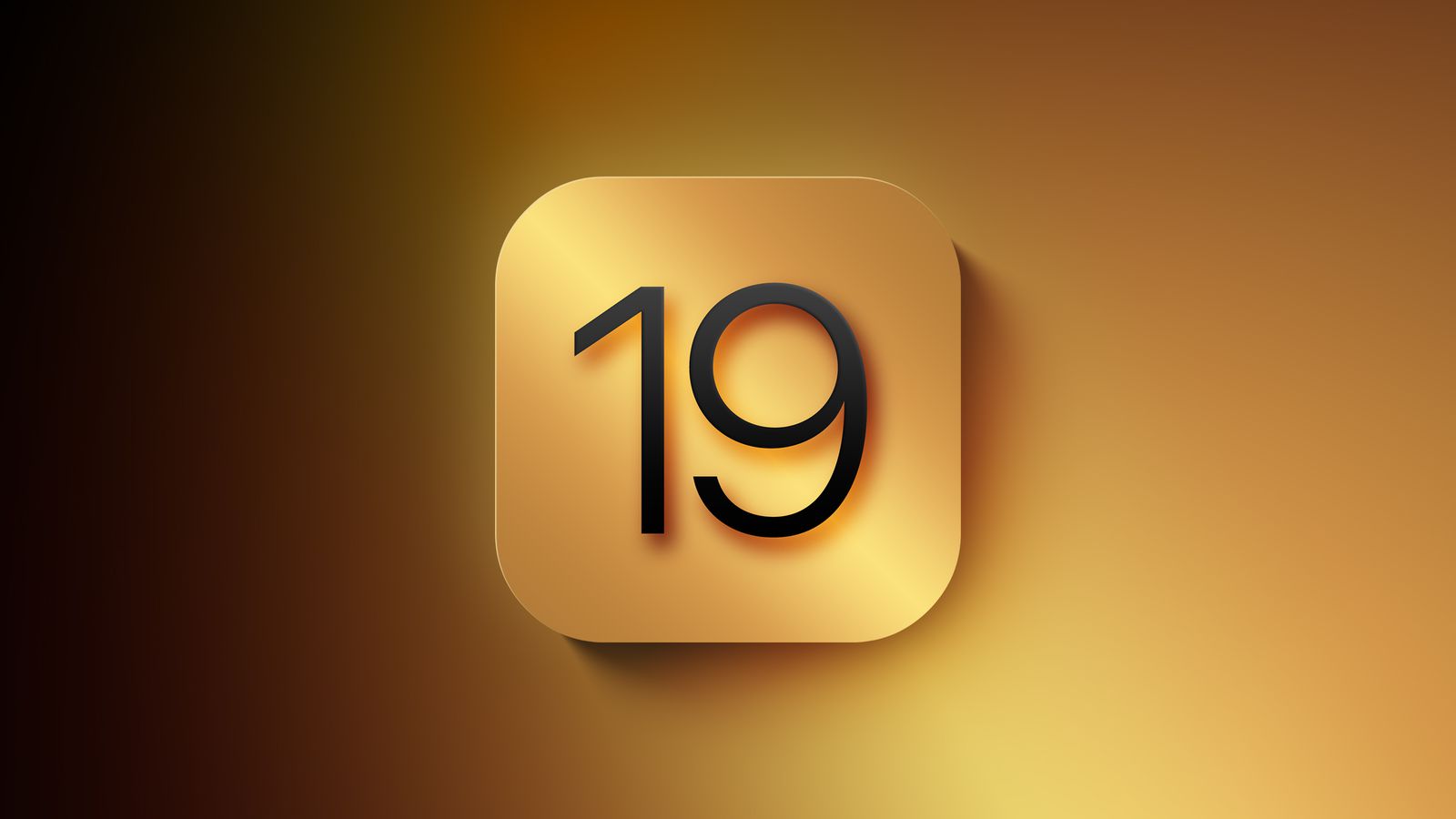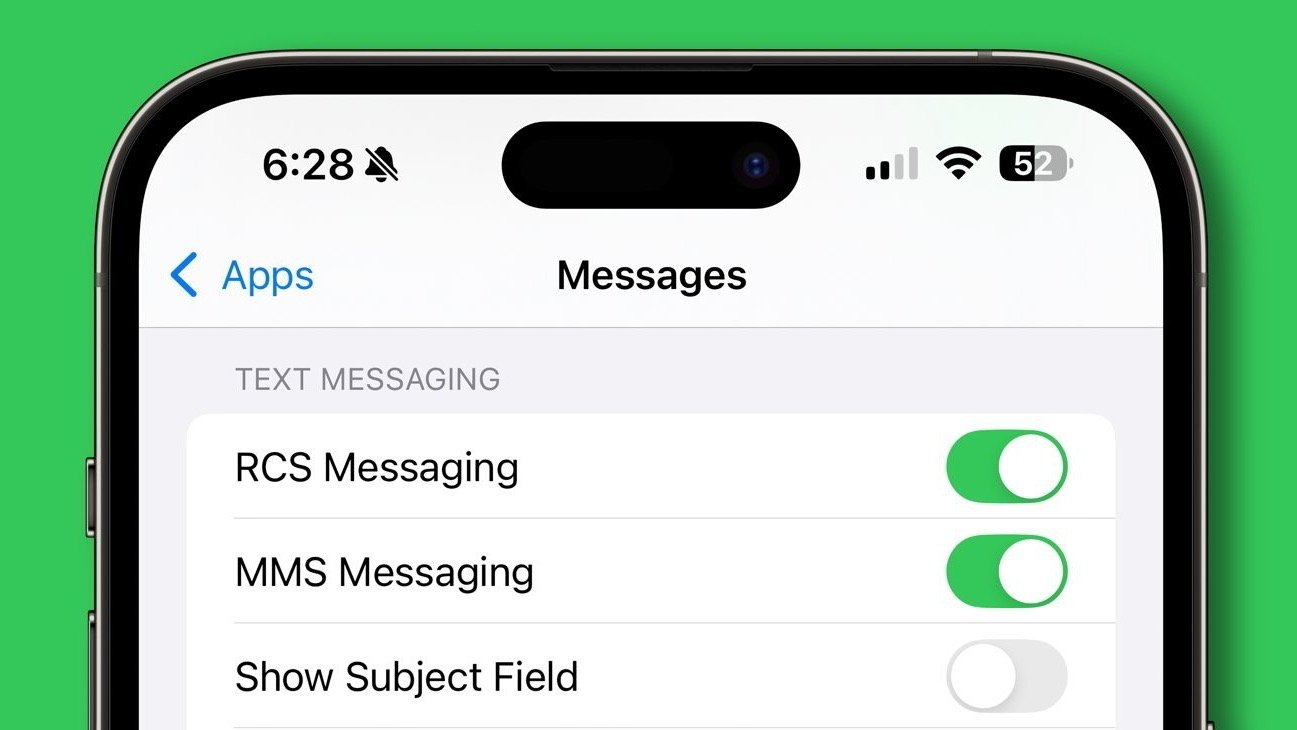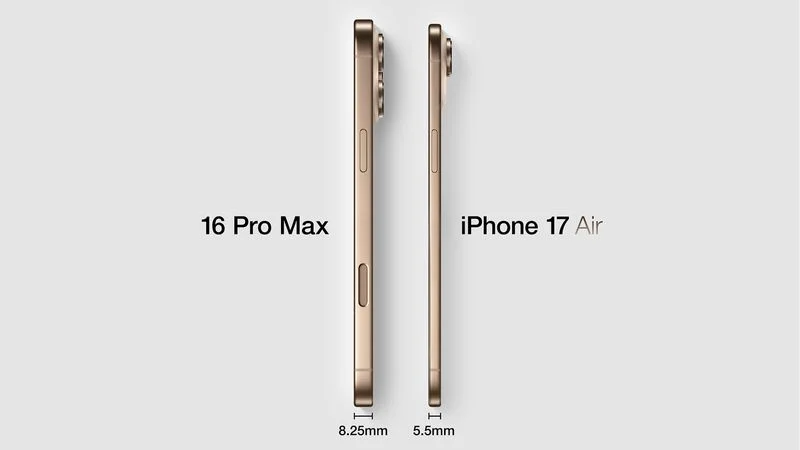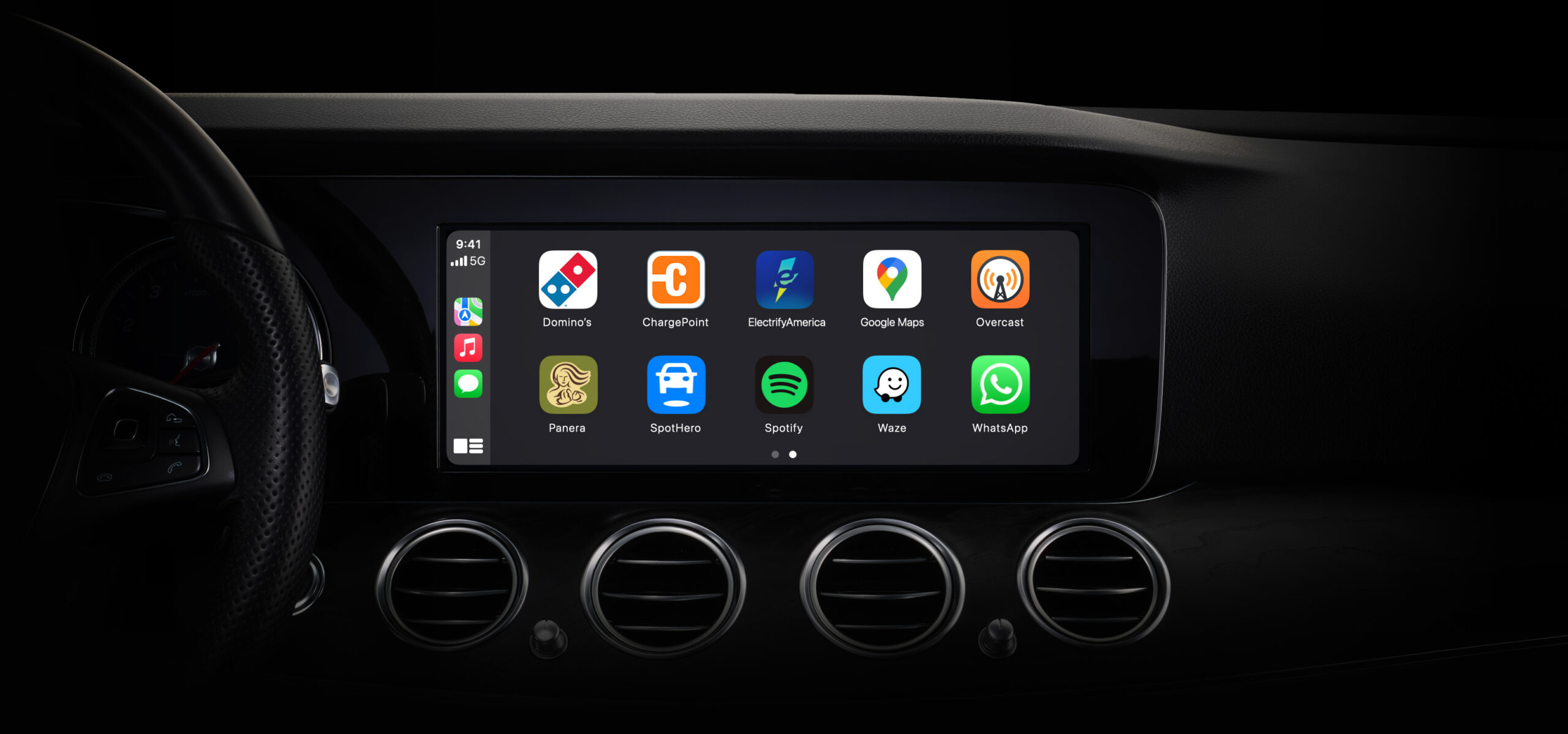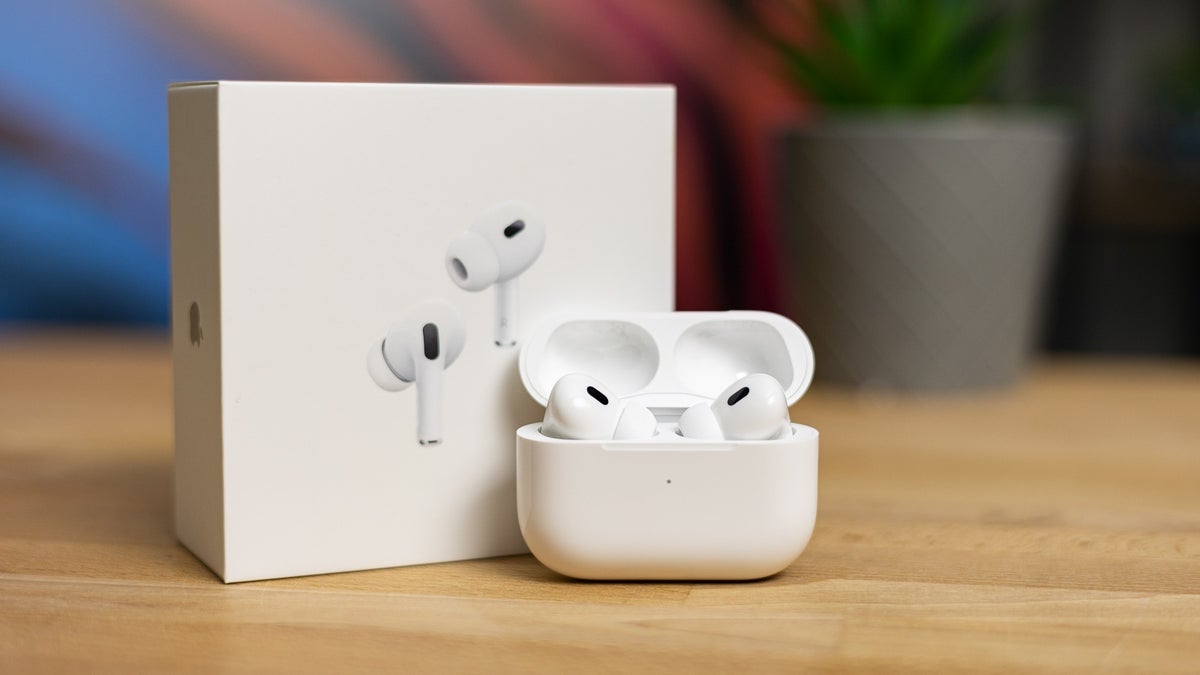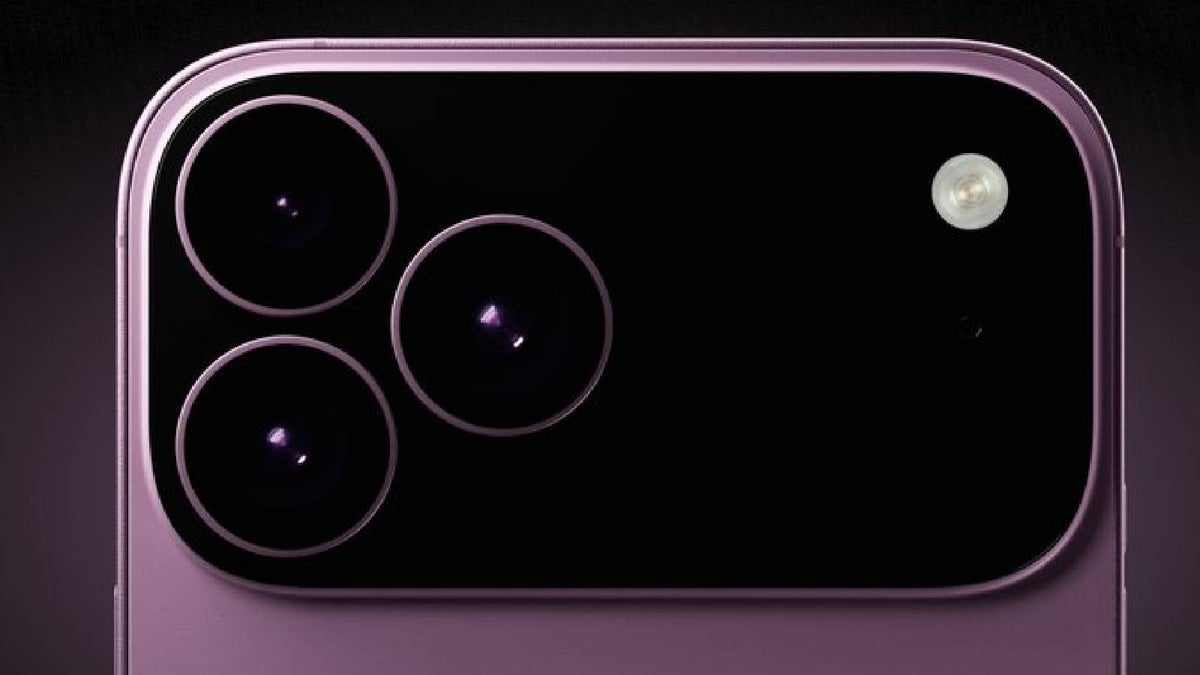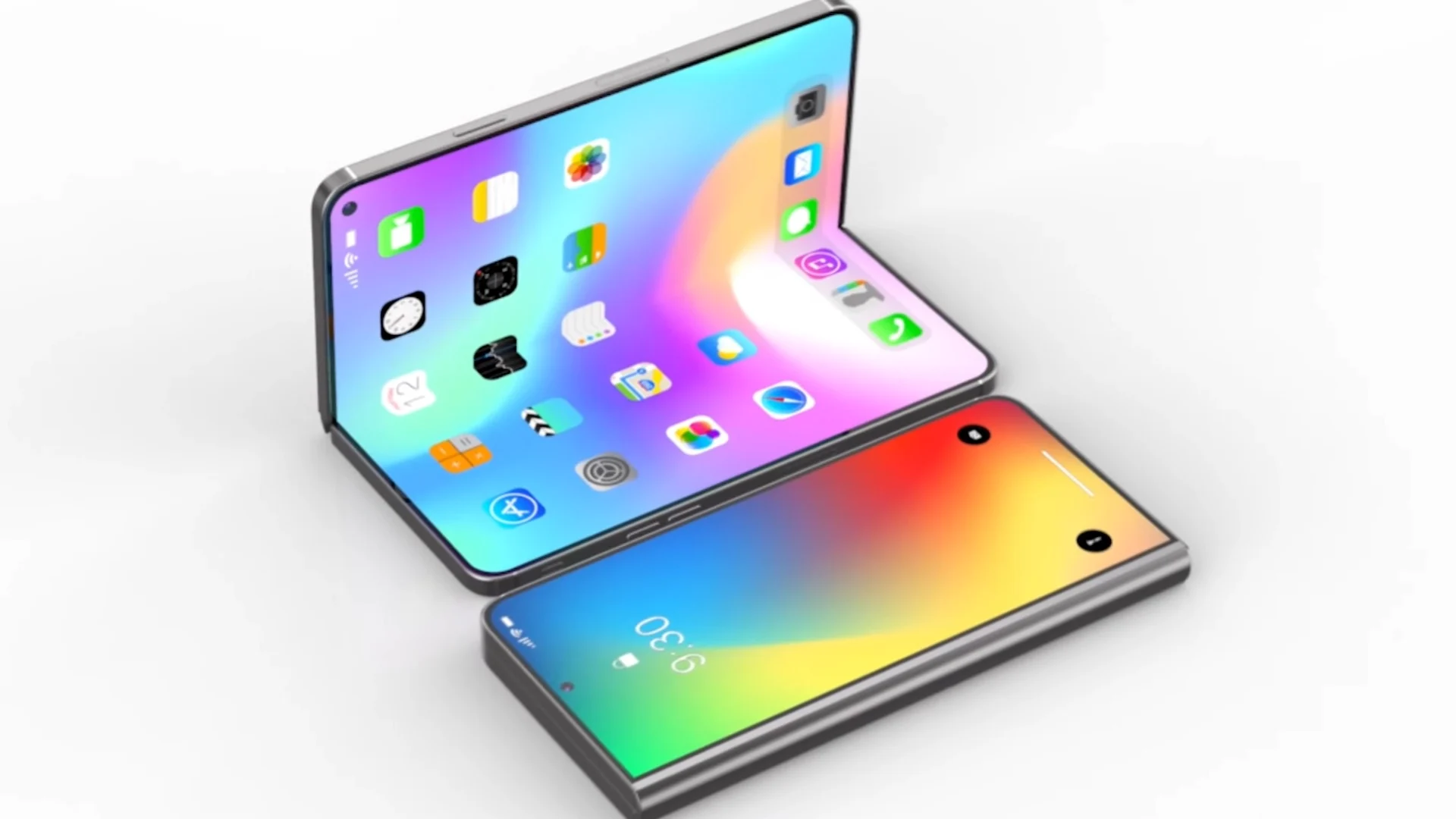For years, Apple has championed the System-on-a-Chip (SoC) design for its processors, a strategy that has delivered impressive performance and power efficiency in iPhones, iPads, and Macs. This design, which integrates the CPU, GPU, and other components onto a single die, has been a cornerstone of Apple’s hardware advantage.
However, whispers from industry insiders suggest a potential shift in this approach, particularly for the high-performance M-series chips destined for professional-grade Macs. Could we be seeing a move towards a more modular design, especially for the M5 Pro and its higher-end counterparts?
The traditional computing landscape involved discrete components – a separate CPU, a dedicated GPU, and individual memory modules, all residing on a motherboard. Apple’s SoC approach revolutionized this, packing everything onto a single chip, leading to smaller, more power-efficient devices.
This integration minimizes communication latency between components, boosting overall performance. The A-series chips in iPhones and the M-series chips in Macs have been prime examples of this philosophy. These chips, like the A17 Pro and the M3, are often touted as single, unified units, even if they contain distinct processing cores within their architecture.
But the relentless pursuit of performance and the increasing complexity of modern processors might be pushing the boundaries of the traditional SoC design. Recent speculation points towards a potential change in strategy for the M5 Pro, Max, and Ultra chips.
These rumors suggest that Apple might be exploring a more modular approach, potentially separating the CPU and GPU onto distinct dies within the same package. This wouldn’t be a return to the old days of separate circuit boards, but rather a sophisticated form of chip packaging that allows for greater flexibility and scalability.
One key factor driving this potential change is the advancement in chip packaging technology. Techniques like TSMC’s SoIC-mH (System-on-Integrated-Chips-Molding-Horizontal) offer the ability to combine multiple dies within a single package with exceptional thermal performance.
This means that the CPU and GPU, even if physically separate, can operate at higher clock speeds for longer durations without overheating. This improved thermal management is crucial for demanding workloads like video editing, 3D rendering, and machine learning, which are the bread and butter of professional Mac users.
Furthermore, this modular approach could offer significant advantages in terms of manufacturing yields. By separating the CPU and GPU, Apple can potentially reduce the impact of defects on overall production. If a flaw is found in the CPU die, for instance, the GPU die can still be salvaged, leading to less waste and improved production efficiency. This is particularly important for complex, high-performance chips where manufacturing yields can be a significant challenge.
This potential shift also aligns with broader trends in the semiconductor industry. The increasing complexity of chip design is making it more difficult and expensive to cram everything onto a single die. By adopting a more modular approach, chipmakers can leverage specialized manufacturing processes for different components, optimizing performance and cost.
Interestingly, there have also been whispers about similar changes potentially coming to the A-series chips in future iPhones, with rumors suggesting a possible separation of RAM from the main processor die. This suggests that Apple might be exploring a broader shift towards a more modular chip architecture across its entire product line.
Beyond the performance gains for individual devices, this modular approach could also have implications for Apple’s server infrastructure. Rumors suggest that the M5 Pro chips could play a crucial role in powering Apple’s “Private Cloud Compute” (PCC) servers, which are expected to handle computationally intensive tasks related to AI and machine learning. The improved thermal performance and scalability offered by the modular design would be particularly beneficial in a server environment.
While these are still largely speculative, the potential shift towards a more modular design for Apple Silicon marks an exciting development in the evolution of chip technology. It represents a potential departure from the traditional SoC model, driven by the need for increased performance, improved manufacturing efficiency, and the growing demands of modern computing workloads. If these rumors prove true, the future of Apple Silicon could be one of greater flexibility, scalability, and performance, paving the way for even more powerful and capable Macs.
